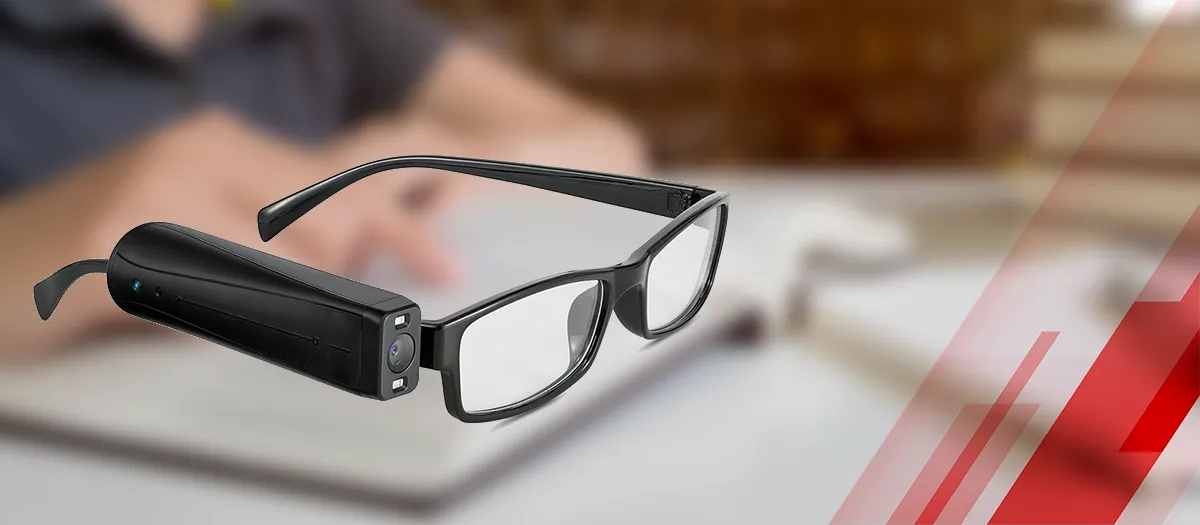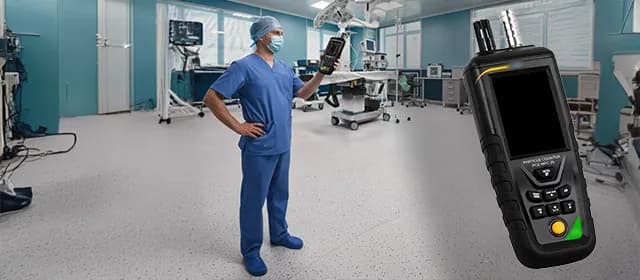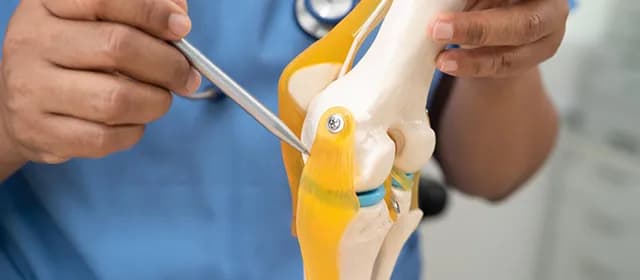Globally, about 2.2 billion people have a distance or near-visual impairment, the World Health Organization states in its latest report. Visual impairments have a multifaceted and detrimental impact on the lives of individuals. Assistive technologies for visually impaired individuals play a vital role in creating an equitable and harmonious future for everyone. Assistive technology also promotes confidence and independence in these individuals.
This blog covers the types, benefits, and advancements in assistive technology. It also explores how this technology is shaping the education of visually impaired students.
Understanding Assistive Technologies for Visually Impaired
Assistive technologies for visually impaired individuals are designed to enhance accessibility and independence for visually disabled or blind individuals. These technologies help individuals perform tasks such as accessing information, using computers, reading printed materials, and navigating their surroundings. It involves a wide range of devices and technologies to help individuals learn and acquire education. This enhances their self-confidence and gives them hope to live independently in society. As several institutes, organizations, and businesses are implementing assistive technology in their work settings, the demand for these devices has risen. According to Kings Research, the global assistive technologies for the visually impaired market is expected to reach a valuation of $9.75 billion by 2030.
Types of Assistive Technology Devices for the Visually Impaired
The Technology-Related Assistance to Individuals with Disabilities Act defines an assistive technology device as an item, equipment, product, or any system that helps individuals with disabilities improve, maintain, or enhance their functional abilities. Let's take a look at these devices below:
1. Screen Readers
Screen readers are software programs that convert text on a computer screen into speech output. They enable visually impaired individuals to access and navigate content, websites, documents, and applications on the computer.
2. Electronic Magnifiers
These devices allow individuals with low vision to zoom in on the text and images shown on a computer screen. It helps them read and interact with digital content more easily.
3. Braille Displays and Keyboards
Braille displays and keyboards are specialized devices that convert digital text into braille characters. These displays allow visually impaired individuals to read and navigate through electronic documents by touching and sensing them. Braille keywords allow individuals to write in braille.
4. White Canes
These are pieces of equipment that allow individuals to travel independently by sensing and providing information about obstacles on the ground. It includes long canes, identification canes, and support canes. They provide more stability to individuals while walking in public places or on the road.
Apart from the above devices, assistive technologies also include tools and techniques for orientation and mobility. These can include white canes, guide dogs, and wayfinding apps that help visually impaired individuals navigate their environment more easily.
7 Key Benefits of Assistive Technologies for Visually Impaired People
Assistive technologies offer several benefits for visually impaired individuals. Here are seven main advantages:
- Assistive technology devices enable visually impaired students to access and engage with educational materials that were previously inaccessible.
- They provide tools such as speech recognition software, braille keyboards, and embossers for note-taking and writing.
- The assistive technology devices simplify navigation and interaction with online courses and resources.
- In office settings, implementing assistive technologies allows individuals to have equal opportunities to demonstrate their knowledge and skills.
- These devices facilitate communication between individuals through systems with accessibility features.
- They promote independence by enabling visually impaired individuals to complete their daily tasks without constant assistance.
- These devices foster self-reliance and empower individuals to take control of their own learning.
Advancements in Shaping Assistive Technologies for the Visually Impaired
Various advancements are revolutionizing assistive technology. Some of these are:
- Optical Character Recognition (OCR) Technology
OCR technology is used to convert printed text into electronic text that can be read by screen readers or other assistive technologies. It enables visually impaired individuals to access printed materials, such as books and documents, by converting them into a digital format.
- Smart Glasses
The advancement of smart glasses for visually impaired individuals has shown great potential for improving their daily lives. These glasses incorporate various technologies to assist individuals with visual impairments in accessing information, navigating their surroundings, and enhancing their independence.
- Electronic Personal Assistants
Electronic personal assistants play a crucial role in building the independence and accessibility of visually impaired individuals. These devices utilize various technologies to assist in daily activities. Some examples of electronic personal assistants are Amazon Alexa and Google Home, which can provide vocalized (voice-based) information.
Role of Assistive Technologies for Visually Impaired Students
Assistive technologies for visually impaired students have revolutionized education by providing access to information and promoting inclusive learning environments. Using assistive technology devices, visually impaired students can access digital content like textbooks and online resources, read text, and view images on a computer screen.
Visually impaired students can also use Braille technology-equipped devices for learning. The International Research Journal of Engineering and Technology (IRJET) has developed such a system—Braille Pad. The device uses the braille system and interfaces with a GSM module and SD card module to access data. The system can also help read emails, newspapers, and home appliances, making it more efficient, smaller, and cost-minimum.
Assistive technologies for visually impaired students promote independence, participation, and equal opportunities in education. They facilitate the learning activities, collaborate with peers, and help pursue academic success.
In a Nutshell
Assistive technologies for visually impaired individuals have revolutionized accessibility and efficiency in education, daily activities, and professional settings. These devices provide access to information, promote independence, and enhance communication.
The assistive technologies empower visually impaired individuals to thrive and succeed. In the future, with technological advancements, we can expect even more innovative solutions that can ensure a brighter and more inclusive future for all.




